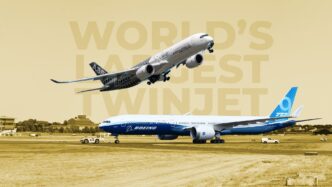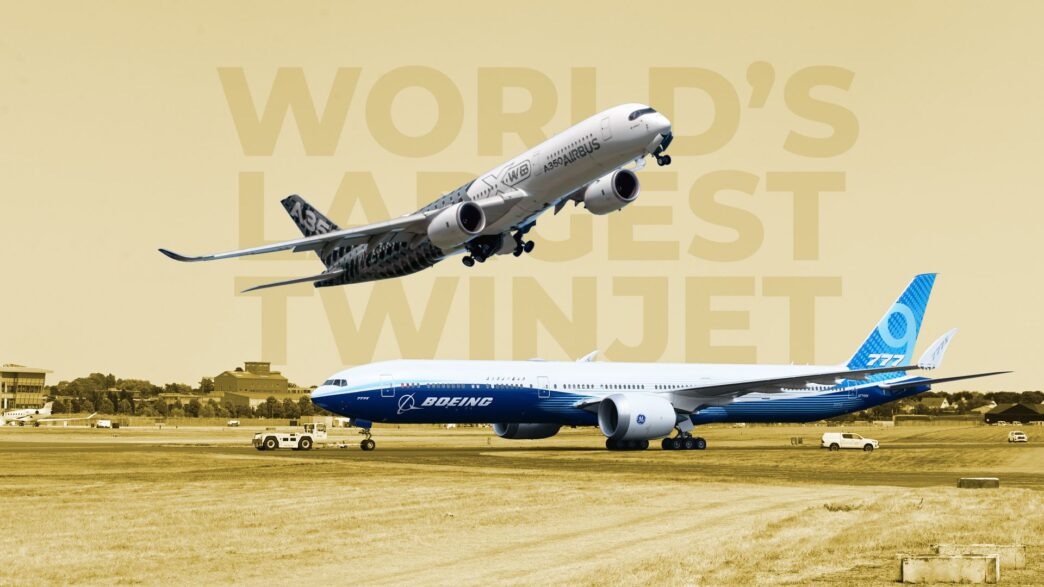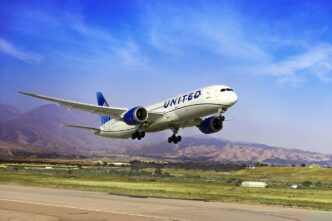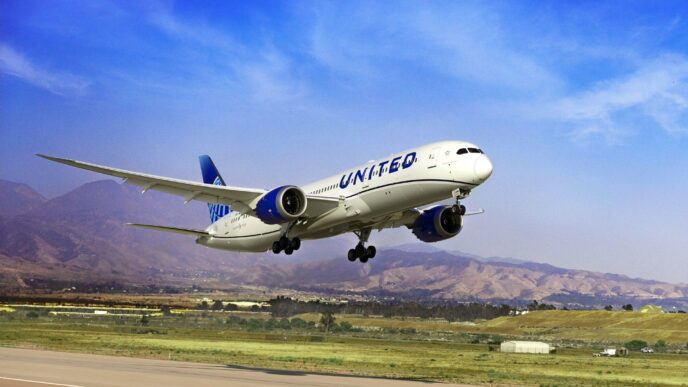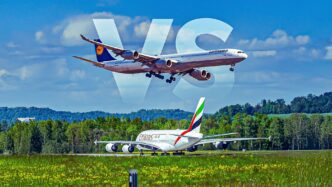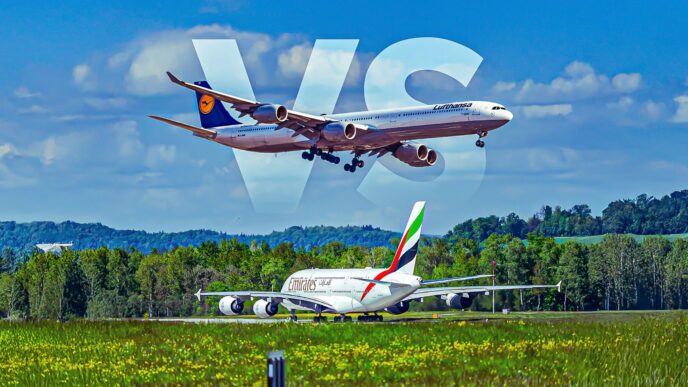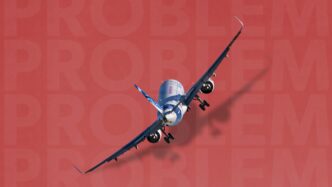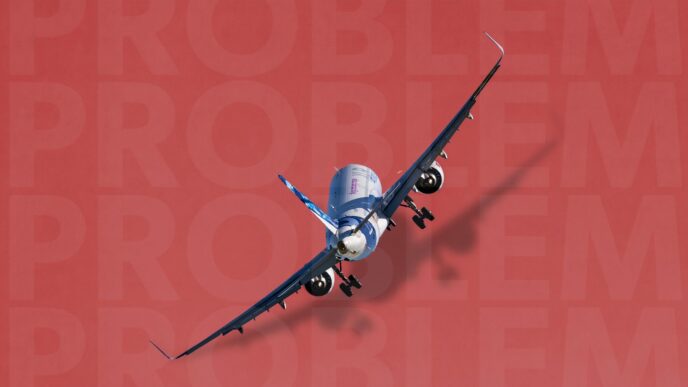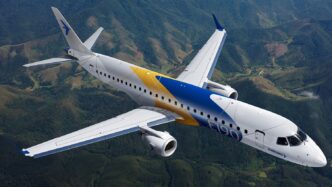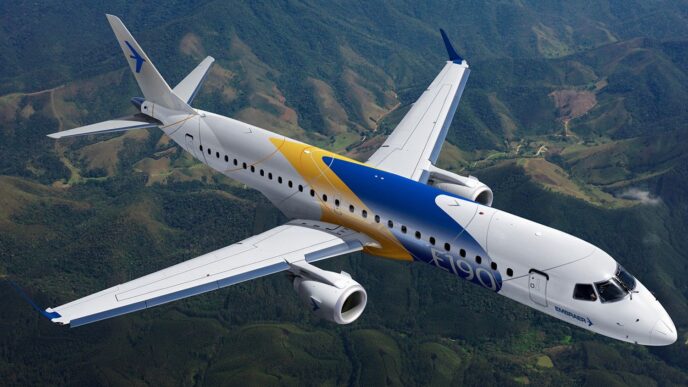The Airbus A350-1000 and Boeing 777X are poised to transform the long-haul airline market with their advanced features and capabilities. While the Boeing 777X stands out for its larger size, increased passenger capacity, and wider cabin, the Airbus A350-1000 is celebrated for its superior fuel efficiency and extended range. Both aircraft share some commonalities, but the 777X offers unique features like folding wingtips and the most powerful engines in its class. The A350-1000, however, excels in fuel economy and can cover longer distances, making it a strong contender for airlines looking to optimize long-haul routes. As the 777X emerges as a potential successor to the retiring Airbus A380, Airbus may face challenges as its iconic double-decker gradually phases out of service.
In the evolving landscape of long-haul travel, both the A350-1000 and 777X are set to enhance capacity and usher in a new era of air travel. The A350-1000 is particularly appealing to airlines like Qantas, which plans to use it for its ambitious ‘Project Sunrise’ routes, offering nonstop flights from Sydney to London and New York. This shift will likely lead many airlines to retire older quad jets in favor of aircraft that balance capacity, range, and economic efficiency. The A350-1000 boasts an impressive range of up to 9,000 nautical miles (13,500 kilometers), while the 777X, with its wider cabin, offers ten-abreast seating, providing greater flexibility and potential revenue. The 777X’s innovative folding wingtips also ensure compatibility with existing airport infrastructure, making it an attractive option for high-density long-haul routes. With a seating capacity of 426 in a two-class layout, the 777X surpasses the A350-1000’s 369 seats, offering airlines more revenue-generating opportunities per flight. Meanwhile, the A350-1000 is already a key player in the fleets of major carriers like Qatar Airways, Cathay Pacific, Delta Air Lines, and Air France, serving as a cornerstone for their international operations.
The Boeing 777X brings several advantages to the table, starting with its higher seating capacity compared to the A350-1000. With the ability to accommodate 426 passengers in a two-class configuration, the 777X offers nearly 80 more seats than its Airbus counterpart. This increased capacity extends to cargo as well, with the 777X able to carry more LD3 containers, making it an attractive option for airlines prioritizing cargo revenue. The wider cabin of the 777X allows for more spacious seating arrangements, including the possibility of ten-abreast seating for high-density configurations. As airlines continue to seek ways to maximize efficiency and profitability, the 777X’s combination of capacity, flexibility, and innovative features positions it as a formidable competitor in the long-haul market.
#AviationInnovation #LongHaulTravel #AirbusA350 #Boeing777X #FutureOfFlight
Originally reported by Simple Flying Read More
